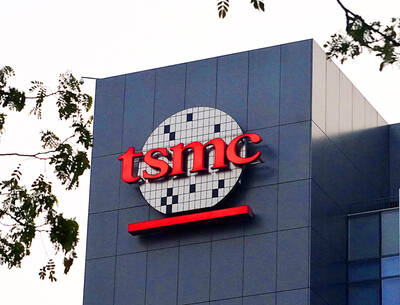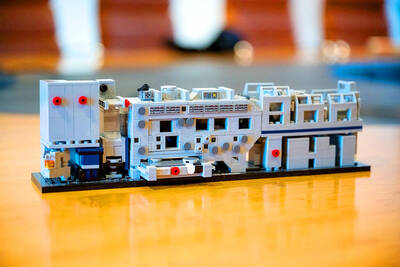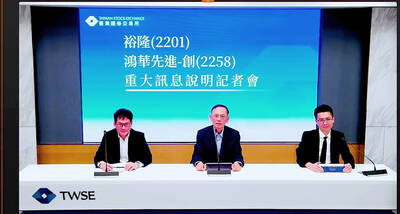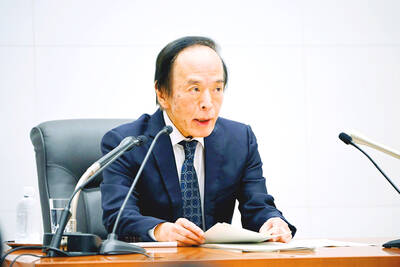The run-down neighborhood rice shop on a quiet side street in central Tokyo has seen a lot of change in 60 years: more traffic, more people, higher buildings.
One thing hasn't changed for 59-year-old Tomoyuki Takahashi, though. His customers still don't like foreign rice.
"Foreign rice is for foreigners," said the cigarette-puffing Takahashi, who has been working at the Azabu shop for 44 years. "Japanese people like only Japa-nese rice."
In a nation where rice once served as a currency, cultural and social sentiment have long been used by Japan to protect its politically connected rice farmers from foreign invaders.
Tariffs as high as 490 percent have discouraged exporters such as the US and Australia from boosting sales to the country beyond the current tariff-free 770,000 tonnes a year.
This has enabled a rice industry that foreign trade officials call inefficient and outmoded to lumber on unchecked, charging consumers six times the average world price.
It's not all about culture and tradition, however.
Domestic political considerations also loom large as Japan comes under growing pressure to lower agricultural barriers.
The issue of farm trade reform is a major sticking point in stalled global talks to free up trade between the WTO 146 members due to meet in Mexico next week.
For Japan, farm trade boils down to rice.
"Culturally speaking, agriculture is rice," said a Western diplomatic source. "Japanese rice is seen as an icon of cultural protectionism around the world."
Japan doles out seven times the cost of production in government support, with ?3 billion to ?4 billion (US$26 million US$34 million) in direct subsidies, according to the Rice Data Bank in Japan.
Japan has said repeatedly it will not accept a WTO proposal to limit tariffs on agricultural products. This could hobble a draft blueprint for trade talks even before negotiations start.
In a move to limit imports, Japan said this week it would release 190,000 tonnes of rice from stocks held by the government and private distribution channels to alleviate worries about a supply shortage and halt a sharp rise in prices.
A Sept. 20 vote in which Prime Minister Junichiro Koizumi bids for re-election as head of the ruling Liberal Democratic Party will only end up strength-ening Japan's resolve to stand firm in the face of pressure, analysts said.
The base is shrinking, however. Some 2.9 million people worked on farms in 2000, down from 3.9 million a decade earlier and 12 million in 1960.
Tradition also plays a part.
Centuries of eating Japanese rice, favored by locals for its gelatinous texture and short, round grains, still make the prospect of tucking into foreign rice a hard sell, say foreign export officials, who blame Japan's tough import restrictions.
"Education is continuing, but it's still in the development phase," said a representative of a foreign rice growers' association, who asked not to be named. "Unfortunately, it's quite limited access to the market."

Taiwan’s long-term economic competitiveness will hinge not only on national champions like Taiwan Semiconductor Manufacturing Co. (TSMC, 台積電) but also on the widespread adoption of artificial intelligence (AI) and other emerging technologies, a US-based scholar has said. At a lecture in Taipei on Tuesday, Jeffrey Ding, assistant professor of political science at the George Washington University and author of "Technology and the Rise of Great Powers," argued that historical experience shows that general-purpose technologies (GPTs) — such as electricity, computers and now AI — shape long-term economic advantages through their diffusion across the broader economy. "What really matters is not who pioneers

In a high-security Shenzhen laboratory, Chinese scientists have built what Washington has spent years trying to prevent: a prototype of a machine capable of producing the cutting-edge semiconductor chips that power artificial intelligence (AI), smartphones and weapons central to Western military dominance, Reuters has learned. Completed early this year and undergoing testing, the prototype fills nearly an entire factory floor. It was built by a team of former engineers from Dutch semiconductor giant ASML who reverse-engineered the company’s extreme ultraviolet lithography (EUV) machines, according to two people with knowledge of the project. EUV machines sit at the heart of a technological Cold

TAIWAN VALUE CHAIN: Foxtron is to fully own Luxgen following the transaction and it plans to launch a new electric model, the Foxtron Bria, in Taiwan next year Yulon Motor Co (裕隆汽車) yesterday said that its board of directors approved the disposal of its electric vehicle (EV) unit, Luxgen Motor Co (納智捷汽車), to Foxtron Vehicle Technologies Co (鴻華先進) for NT$787.6 million (US$24.98 million). Foxtron, a half-half joint venture between Yulon affiliate Hua-Chuang Automobile Information Technical Center Co (華創車電) and Hon Hai Precision Industry Co (鴻海精密), expects to wrap up the deal in the first quarter of next year. Foxtron would fully own Luxgen following the transaction, including five car distributing companies, outlets and all employees. The deal is subject to the approval of the Fair Trade Commission, Foxtron said. “Foxtron will be

INFLATION CONSIDERATION: The BOJ governor said that it would ‘keep making appropriate decisions’ and would adjust depending on the economy and prices The Bank of Japan (BOJ) yesterday raised its benchmark interest rate to the highest in 30 years and said more increases are in the pipeline if conditions allow, in a sign of growing conviction that it can attain the stable inflation target it has pursued for more than a decade. Bank of Japan Governor Kazuo Ueda’s policy board increased the rate by 0.2 percentage points to 0.75 percent, in a unanimous decision, the bank said in a statement. The central bank cited the rising likelihood of its economic outlook being realized. The rate change was expected by all 50 economists surveyed by Bloomberg. The